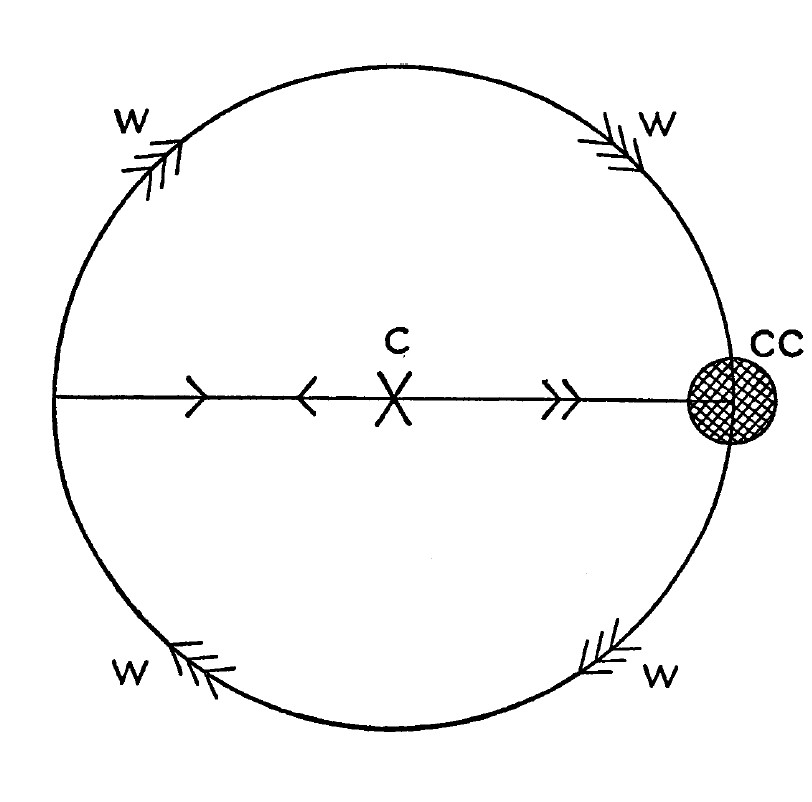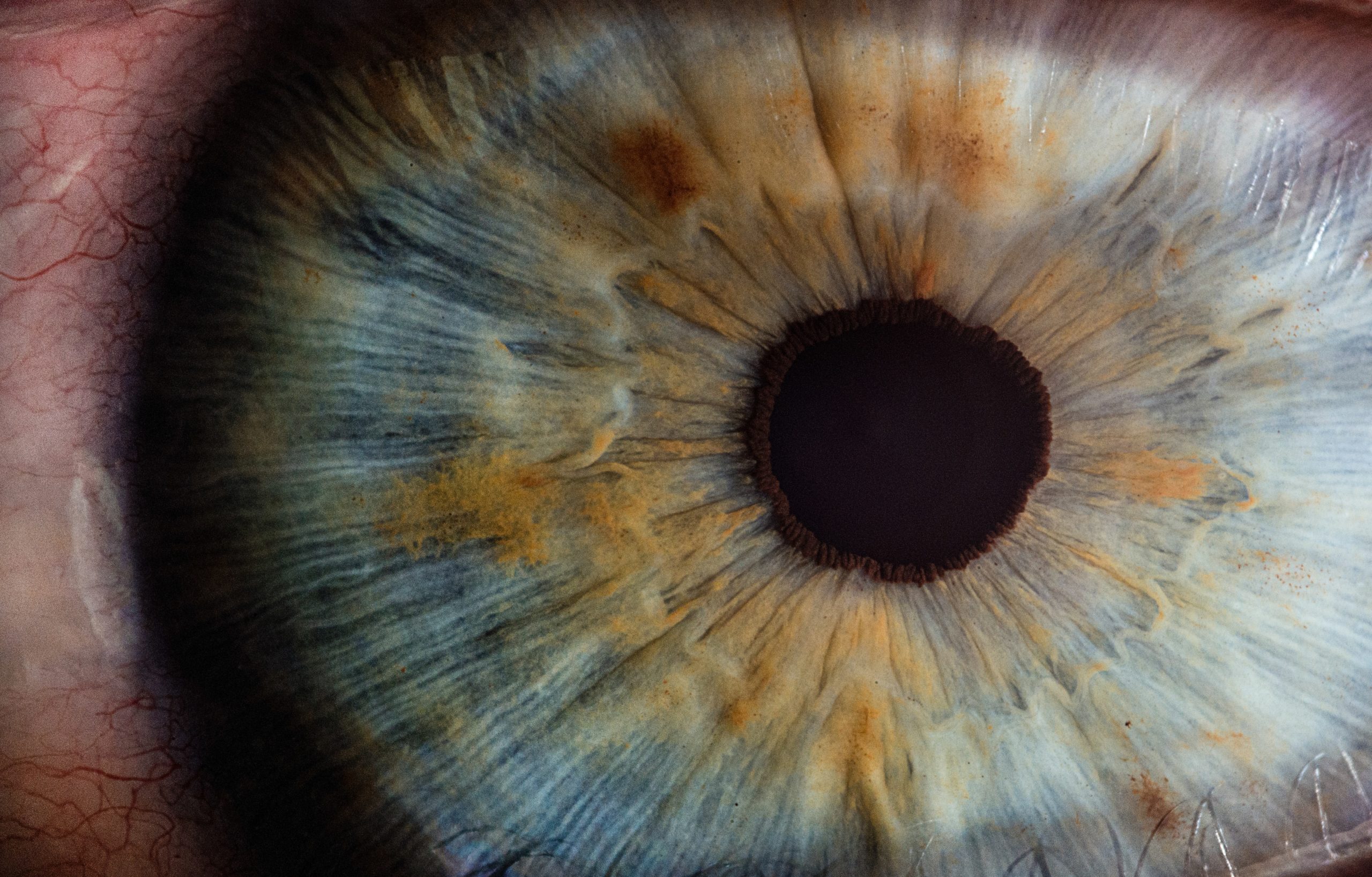Jacob Levy Moreno, (J.L. Moreno or JLM) attempted to synthesis and assimilate science with religion. He was born of Jewish parents, but studied other religions, including eastern religions such as Buddhism and near-eastern religions such as Christianity.
He was also a scientist, having studied mathematics and philosophy at the University of Vienna, and then attending medical school at the same institution. Even prior to this formal training, JLM formed a society of friends and developed the “religion of the encounter.”
JLM was thought to have been coddled as a child and developed what might be called a messiah complex. He thought of all human beings as imbued with this Godlikeness, and later contemplated a religion with a central tenant being that we are all co-creators with God. But this was not a Christian or Jewish or Muslim or Buddhist God, but rather a more Unitarian God, what JLM coined as the “Godhead.”
This universal Godhead was the source of all spontaneity as the most spontaneous being in the universe, and the ultimate and solitary source of this non-conservable energy. JLM believed that if we as individuals could harness this spontaneity, we too could become God-like.
Moreno’s Canon of Creativity
Utilizing these precepts, Moreno developed the Canon of Creativity (CoC), which became the cornerstone of his philosophies. (Hale 1981). The CoC is depicted as a circle with a with arrows around the circle and a line bisecting it. In the center of this bisecting line is a “C” which stands for creativity.
The circle itself might be thought of as the boundary of the known and the unknown, with the known being represented as the “cultural conserve” which consists of the entire body of knowledge and creation. As we ready ourselves to co-create with God, we begin to warm up to the creative process.

The circle itself might be thought of as the boundary of the known and the unknown, with the known being represented as the “cultural conserve” which consists of the entire body of knowledge and creation. As we ready ourselves to co-create with God, we begin to warm up to the creative process.
We do this by interacting with the known, with the cultural conserve, often returning to it several times as our warmup continues, and the anxiety we may feel (perhaps this could be thought of as the “fear of God”) begins to wane, thereby increasing our spontaneity (this fear of the creative process, the fear of God as it were).
This process of warming up to, contemplating and contending with, comprehending, and assimilating this CC results in a melting away of the fear/anxiety eventually leading to the spark of creativity as the individual has now created something new, something outside of the boundaries of the existing CC.
This new thing is then carried back to the CC where it is considered by all of humanity, providing feedback to the creator of the utility of the thing created. This new thing is then added to the CC or in some cases, changes the CC. This might be thought of as a paradigm shift as described by Thomas Kuhn in the structure of scientific revolutions.
How the Canon of Creativity Manifests in Psychodrama
JLM thought of psychodrama in terms of a flow of this energy of spontaneity. During the warming up the group begins to develop act hungers, which is the desire to move an action toward completion. JLM thought of this act hunger in terms of potential energy.
During the psychodrama, the potential energy become kinetic energy as the protagonist encounters, interacts with and challenges his/her conserves. This energy reaches its climax during the catharsis of abreaction. This would be like what occurs in the center of the CC, and is represented by the spark of creation, when full spontaneity is transmuted into and becomes creativity.
This kinetic energy is then channeled into the protagonist’s surplus reality, where new, more productive and satisfying conserves are experimented with and tried out, leading to the catharsis of integration. This again is like the CC where the creator brings the production of their creation back to the cultural conserve where it interacts with it, and is eventually assimilated by it, thereby enriching, expanding, and improving the existing CC.
In the case of the protagonist, the new CC enriches, expands, and improves his/her/their personal conserve. The kinetic energy is further dispelled during the “warming down” during the sharing, where the individual group members assimilate what just happened into their own conserves.

